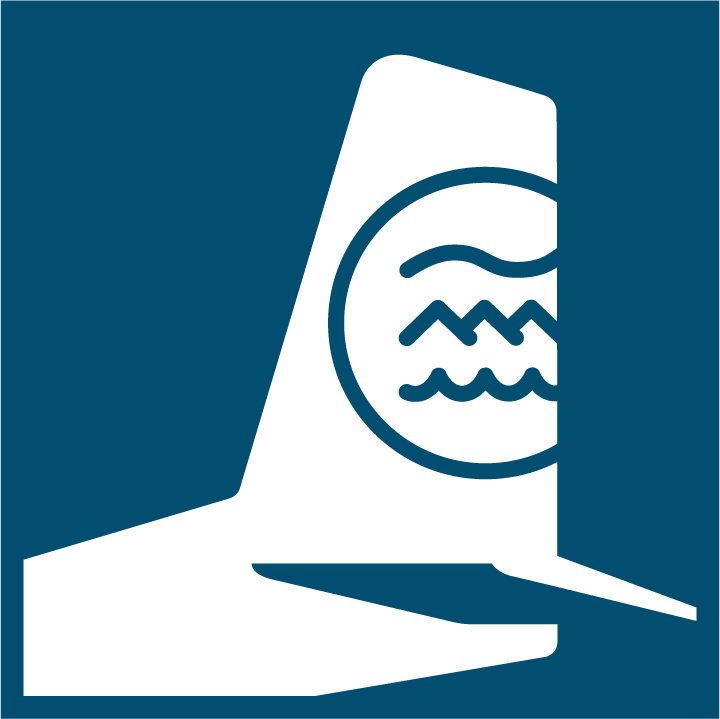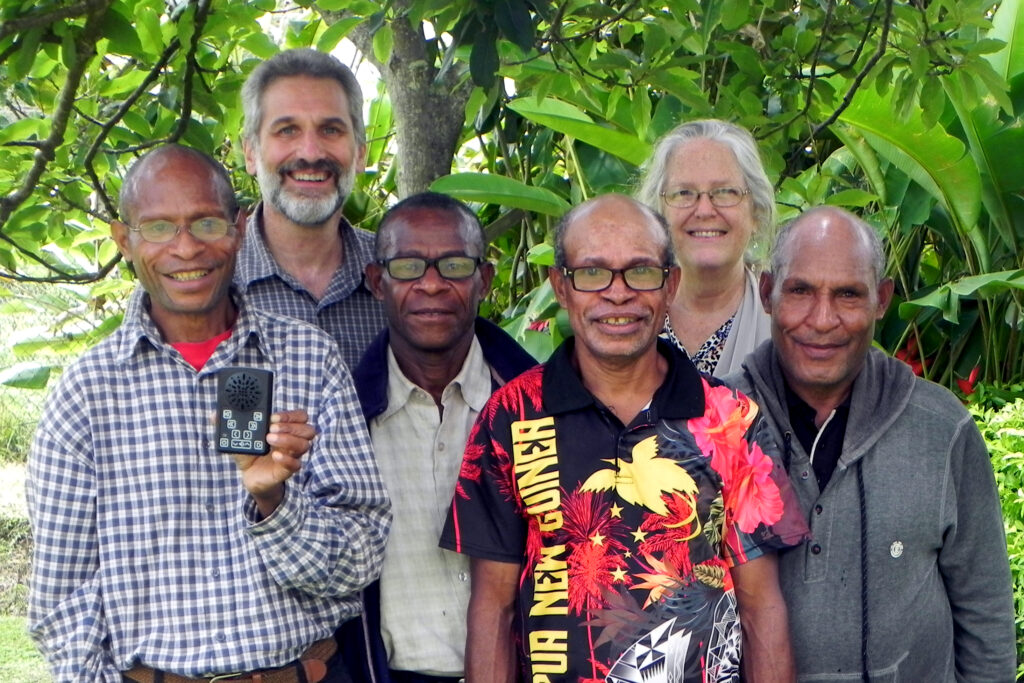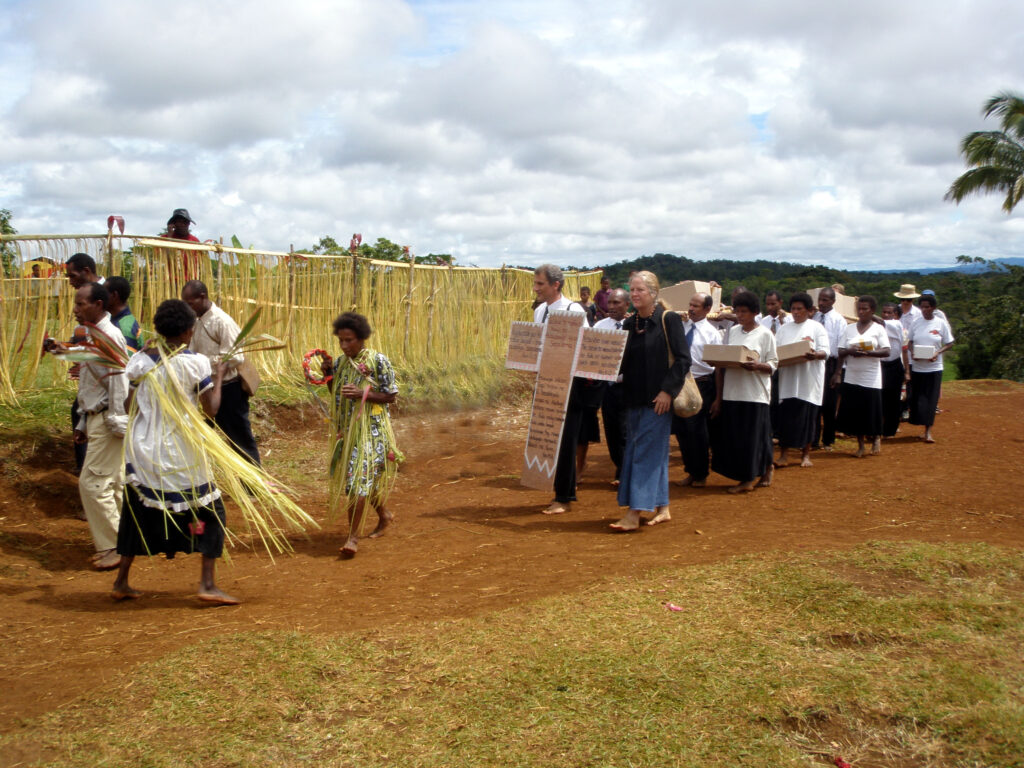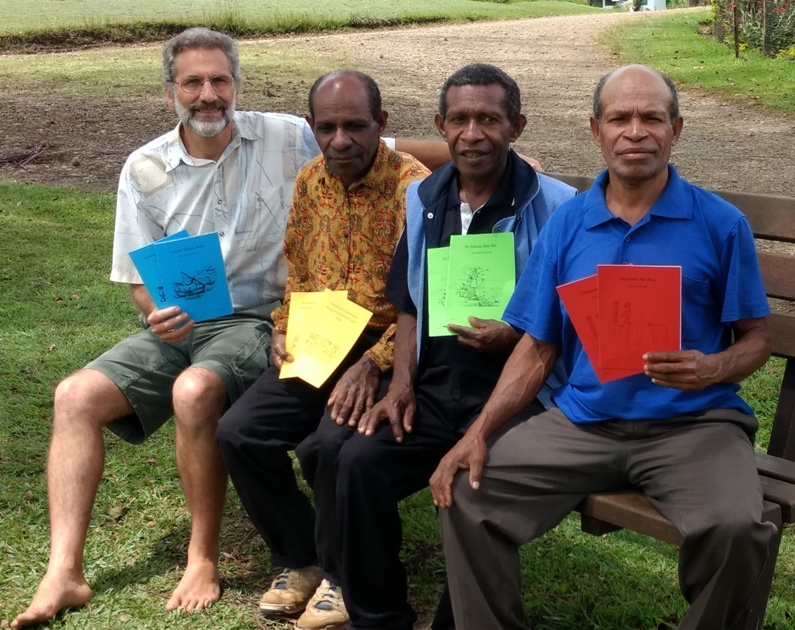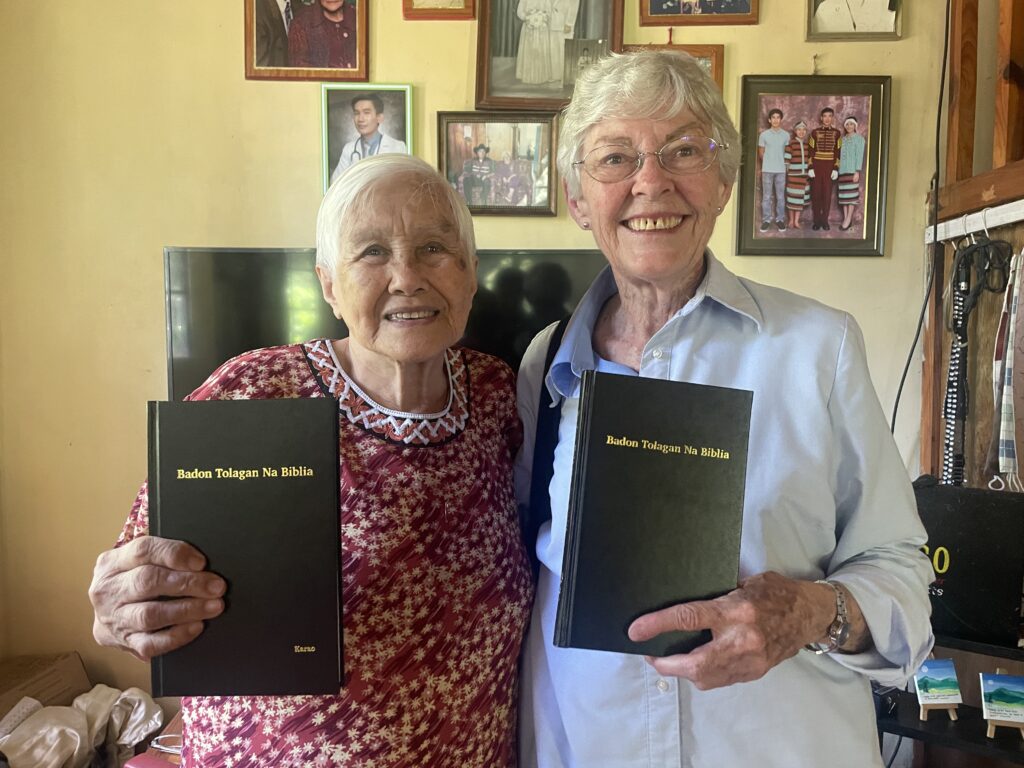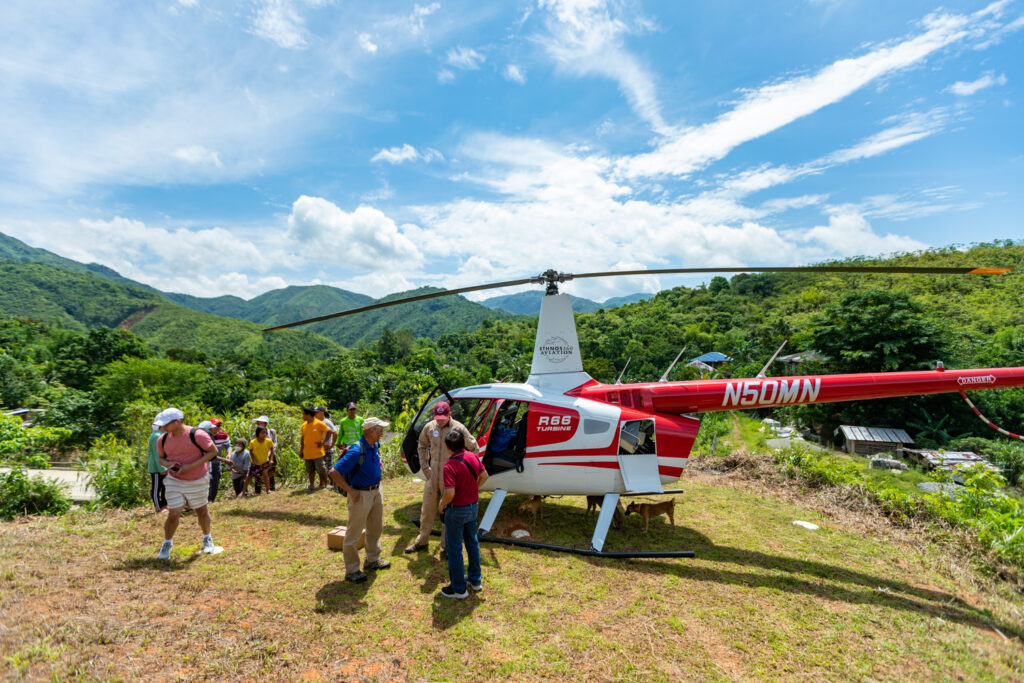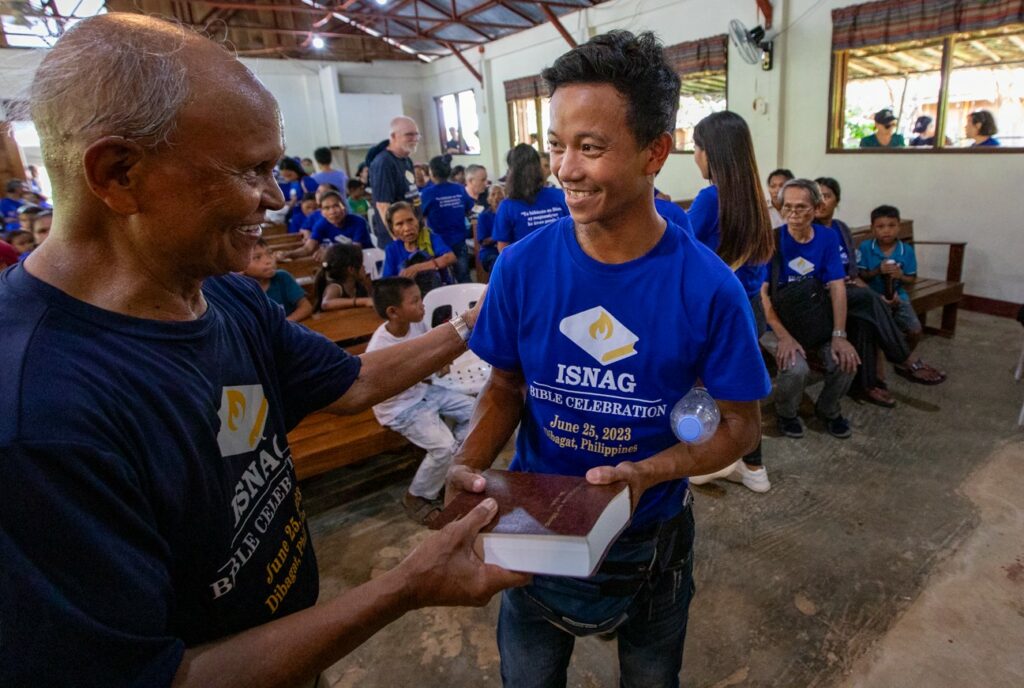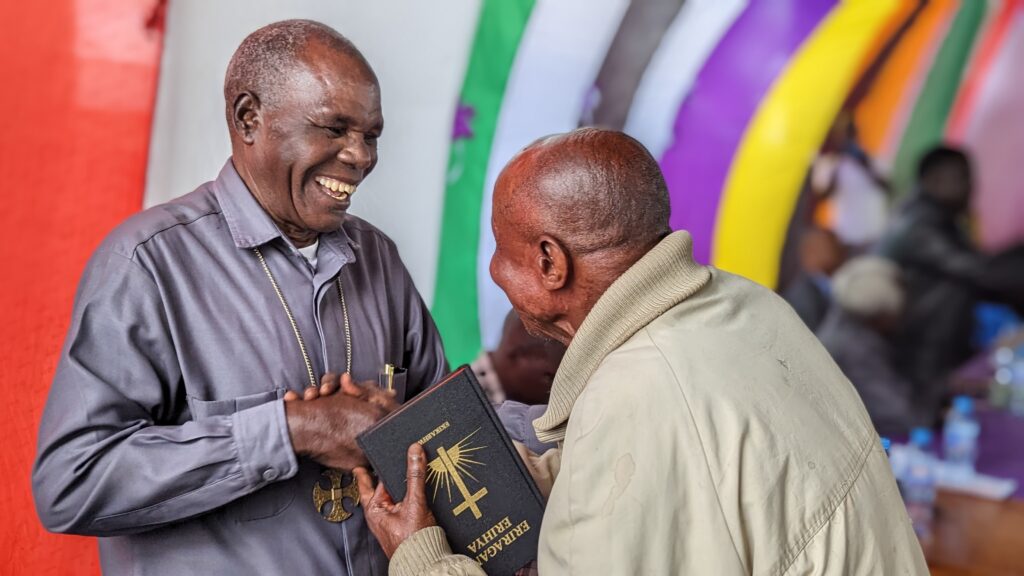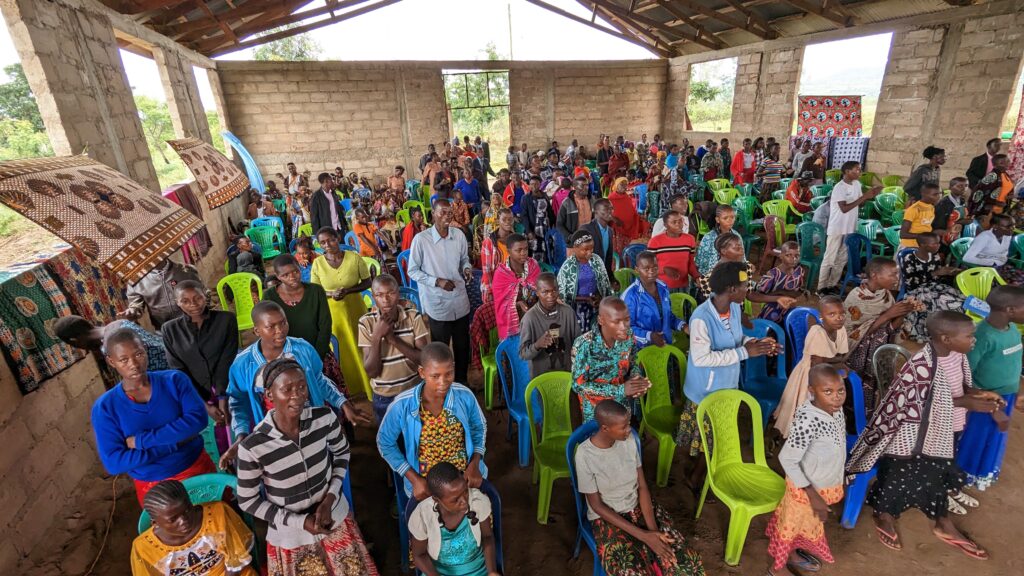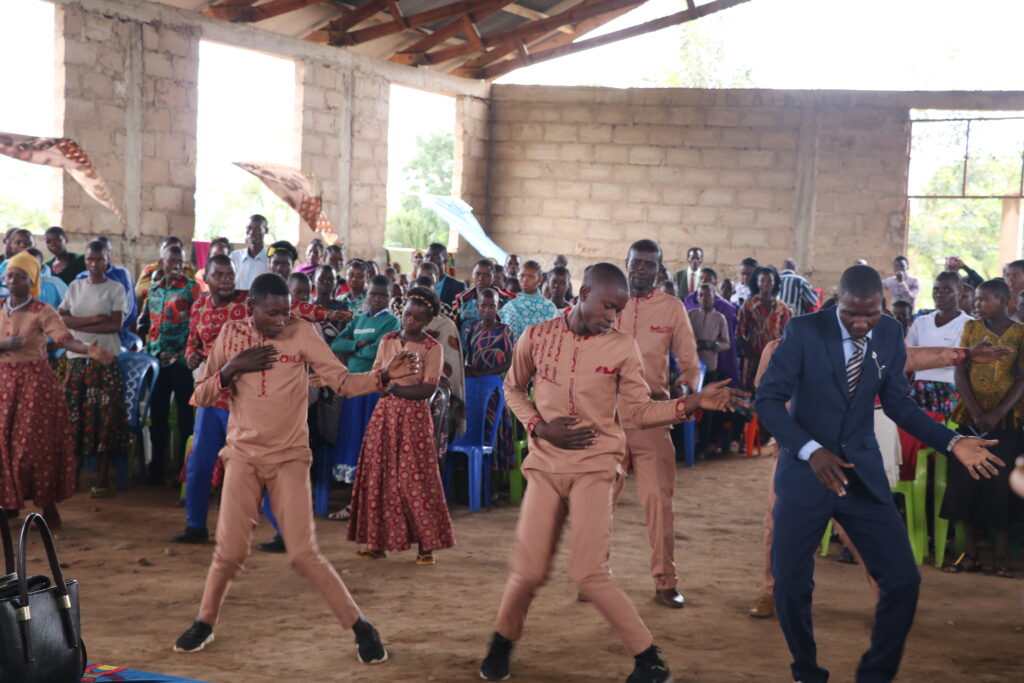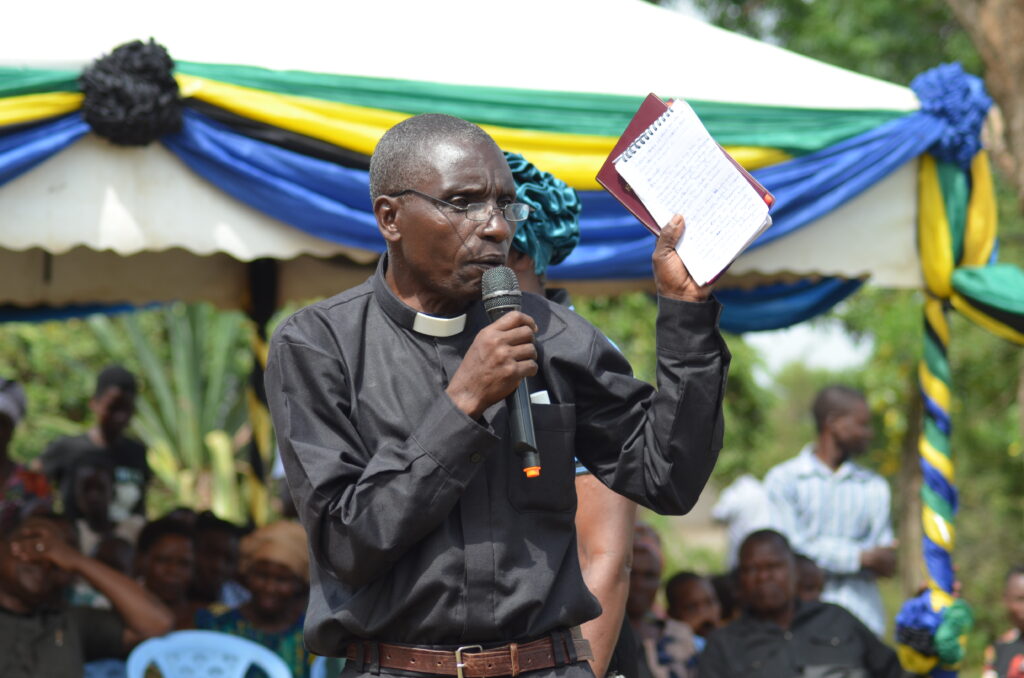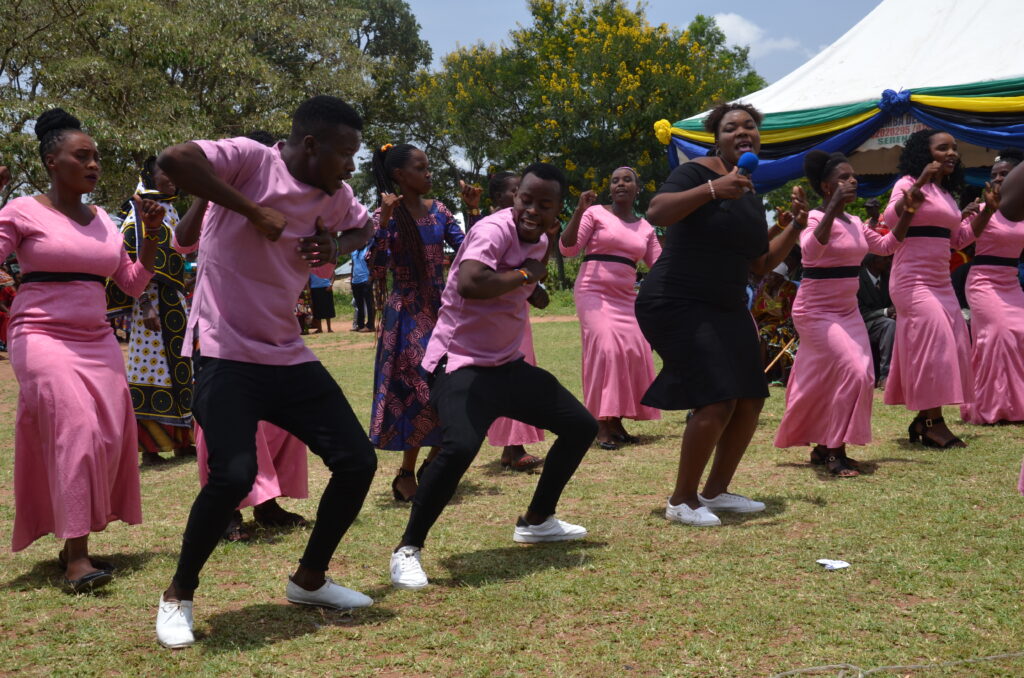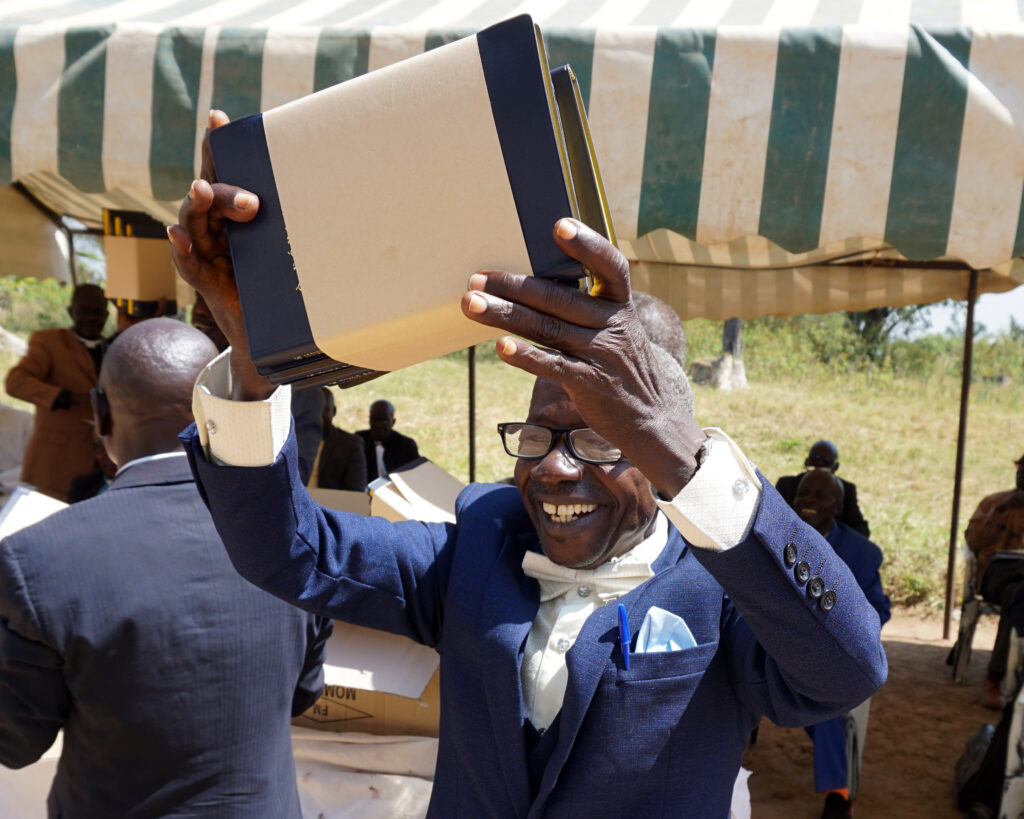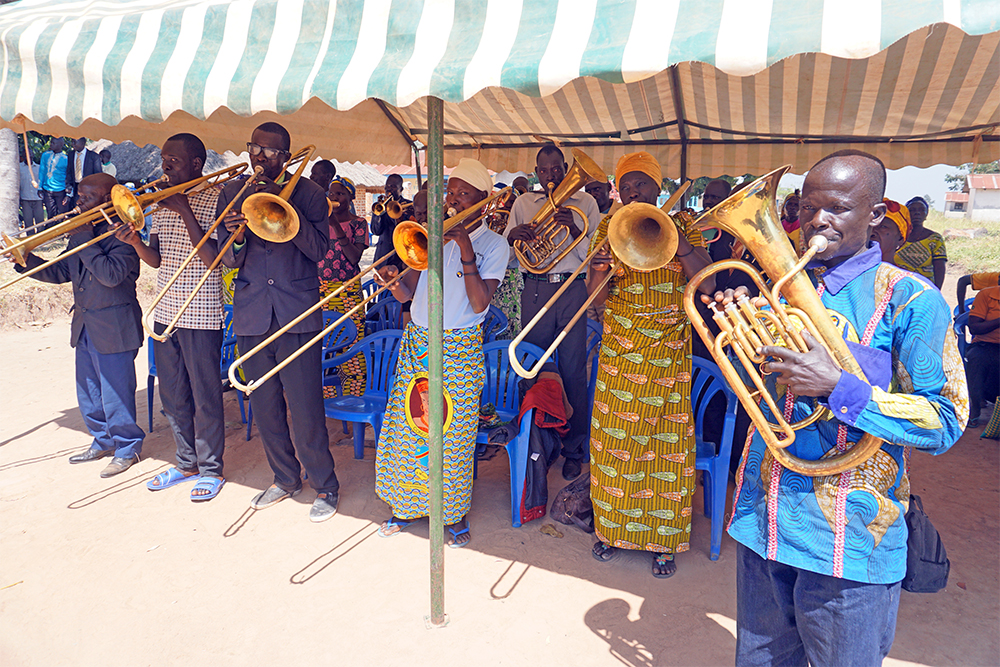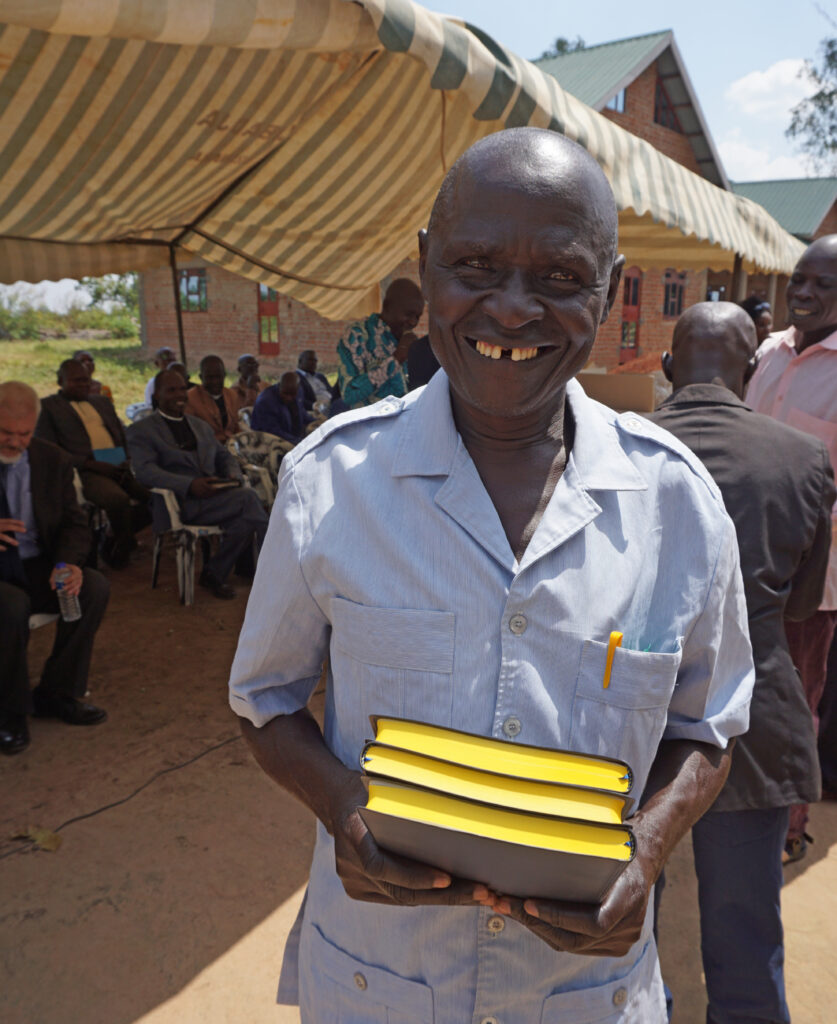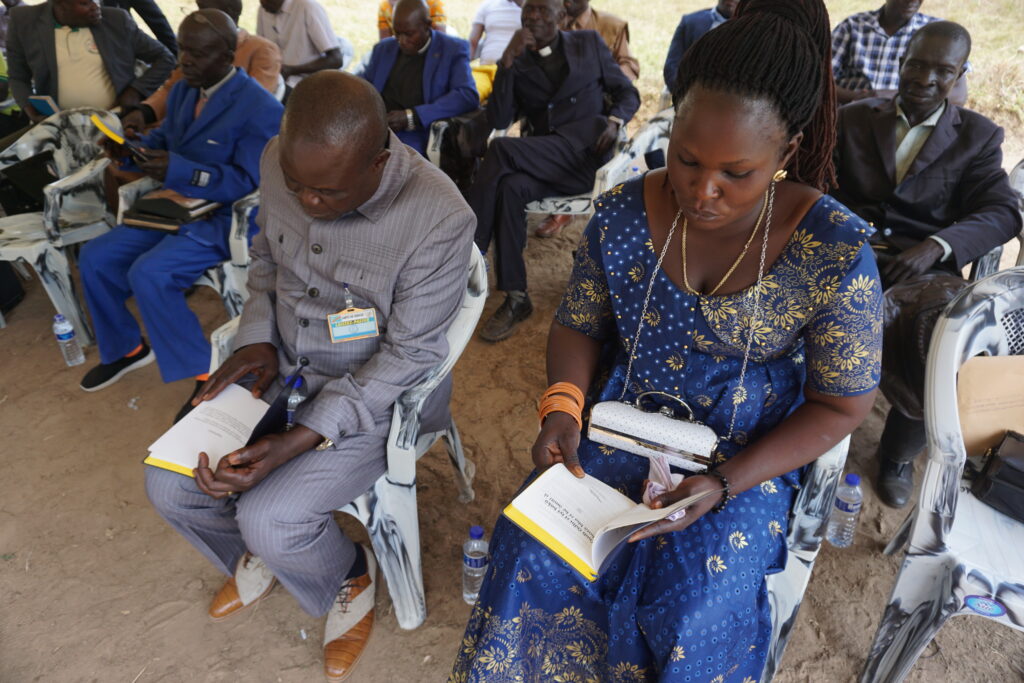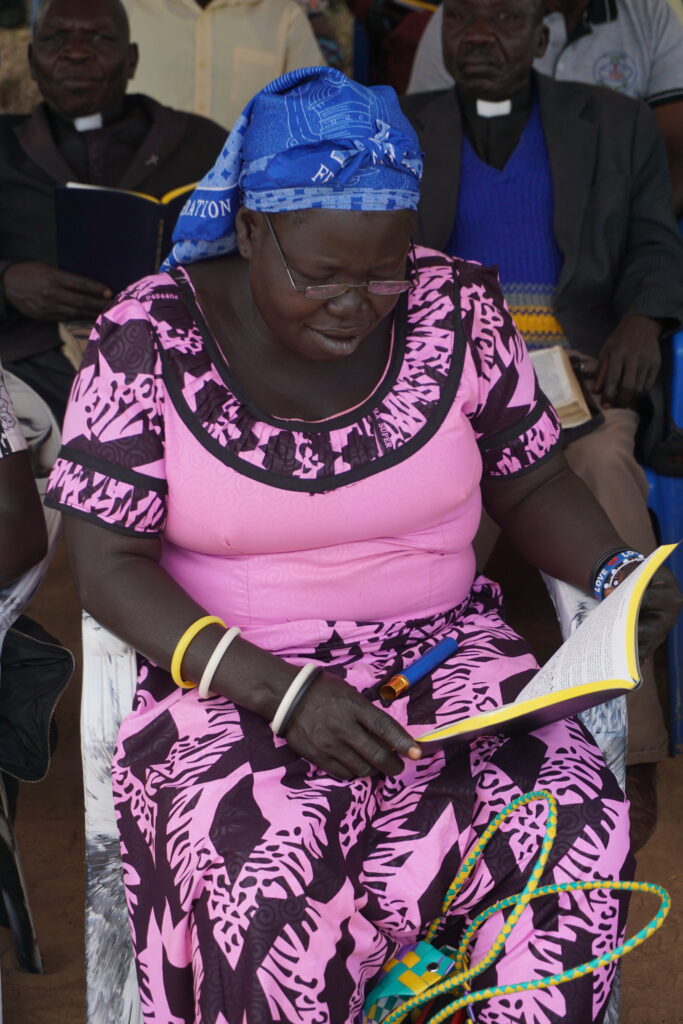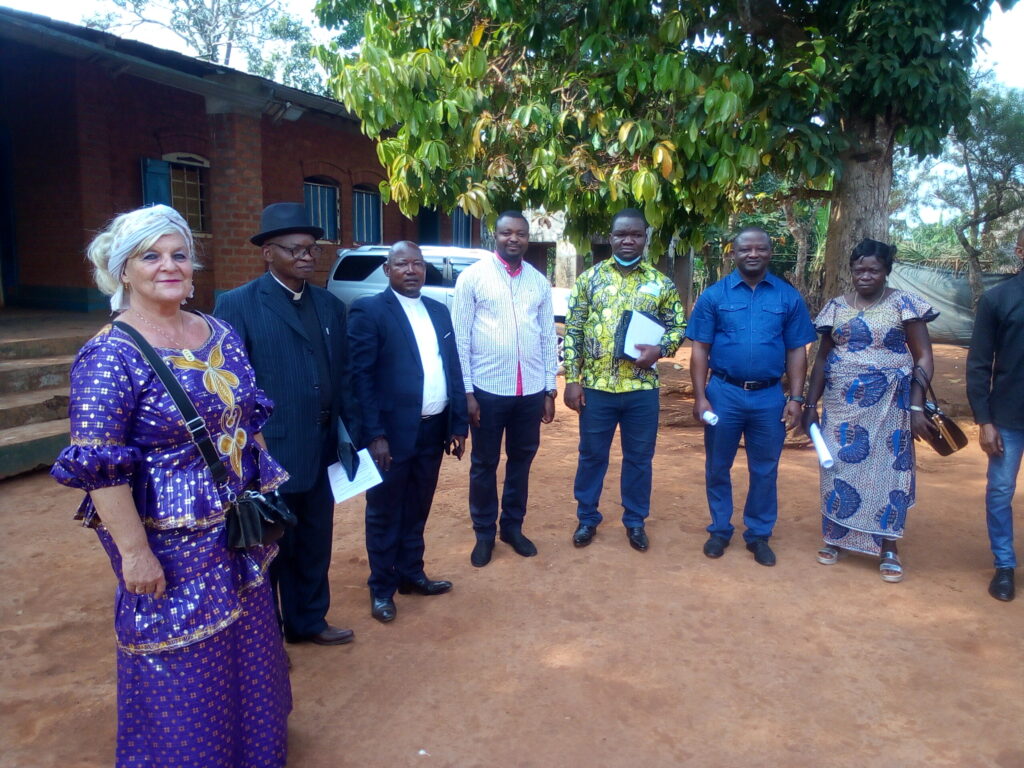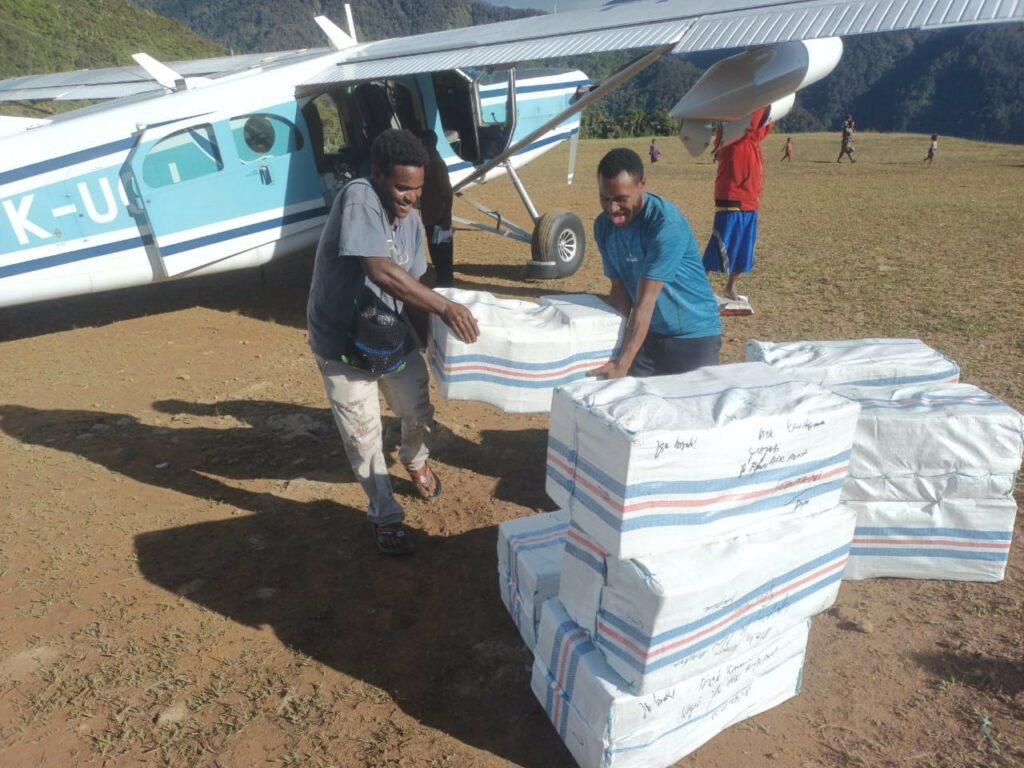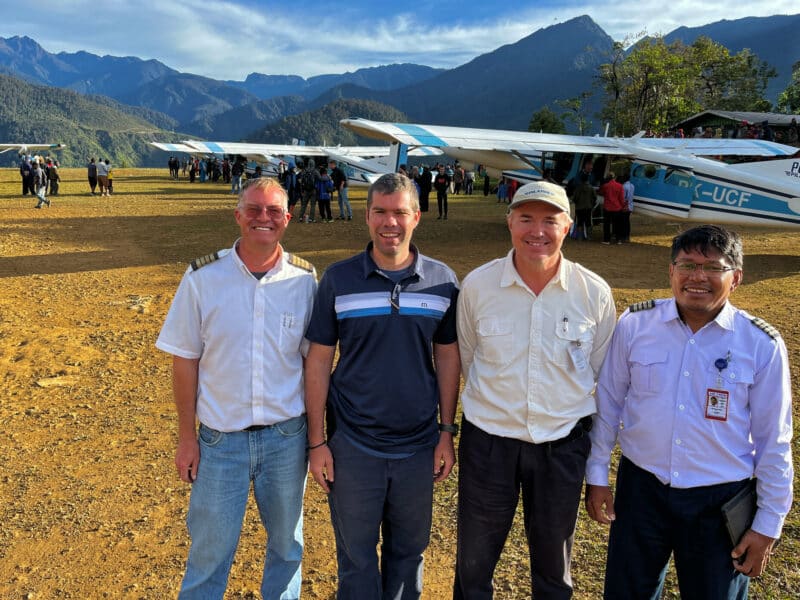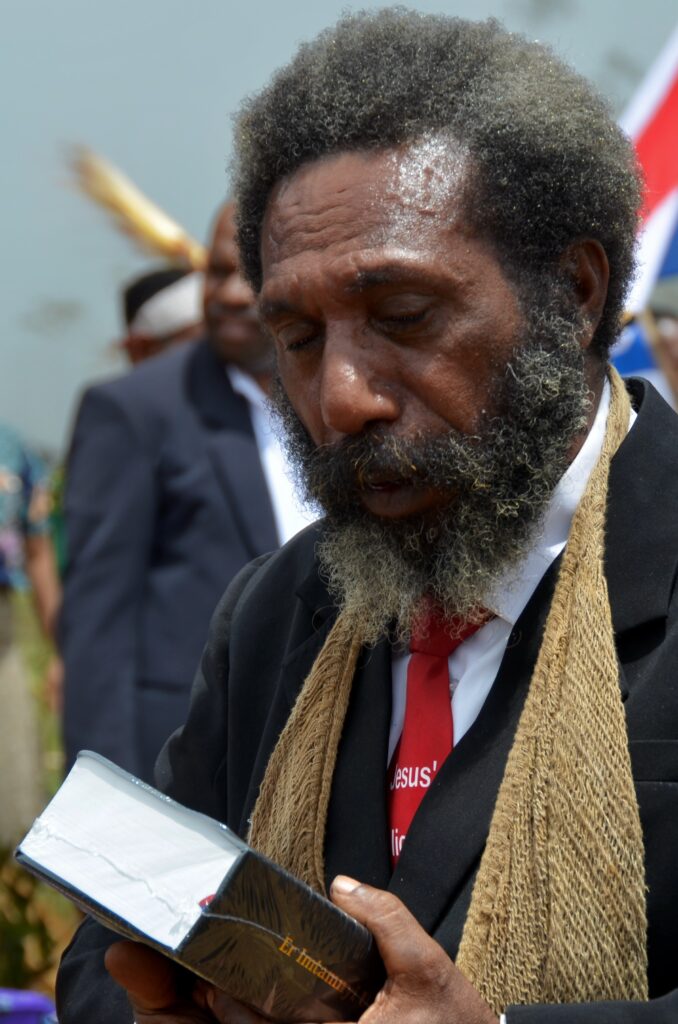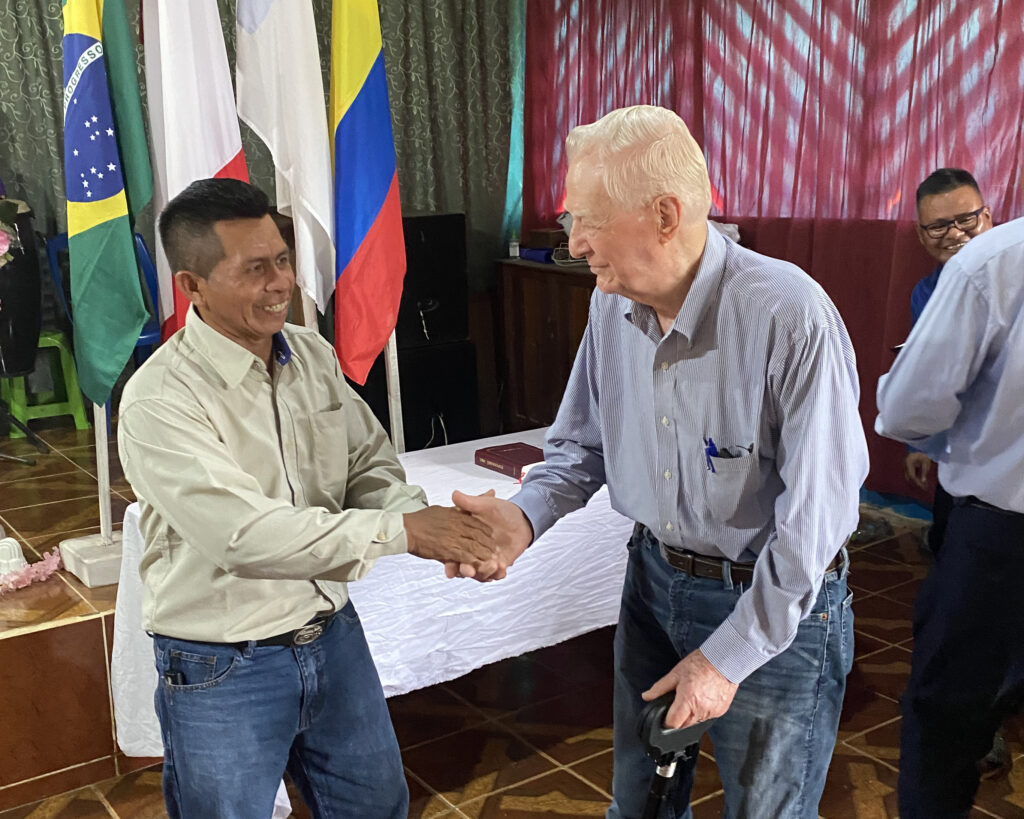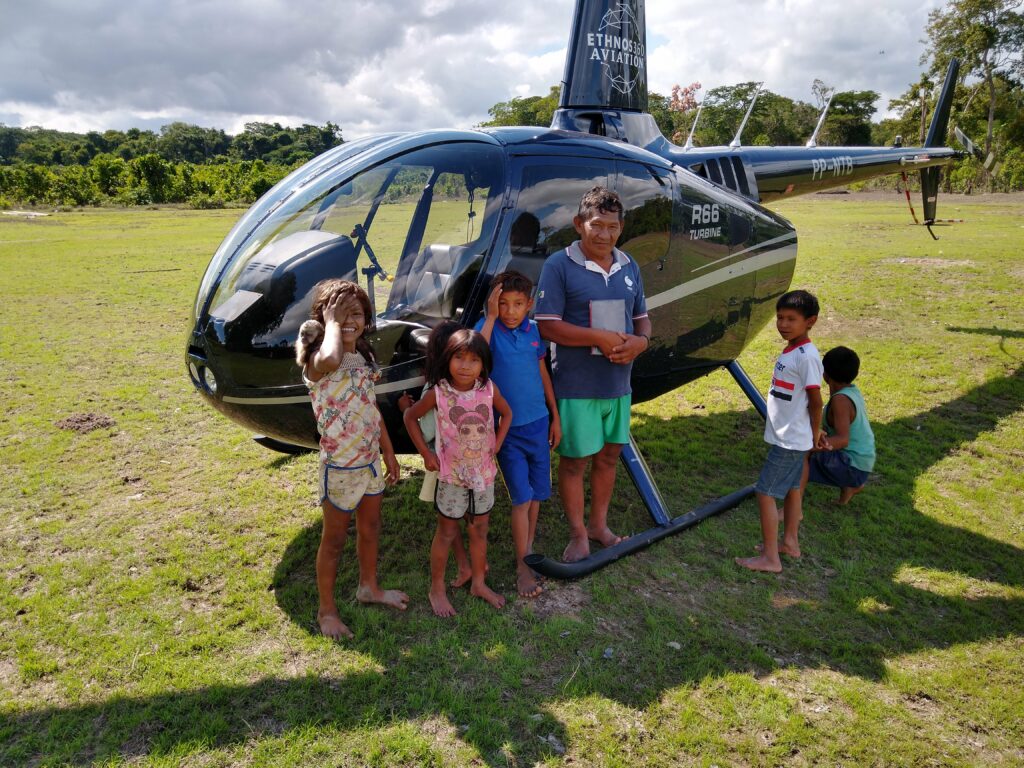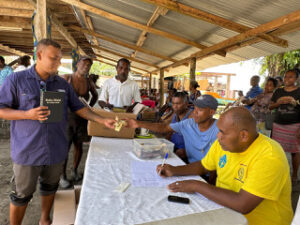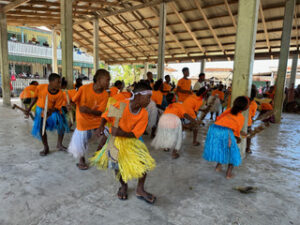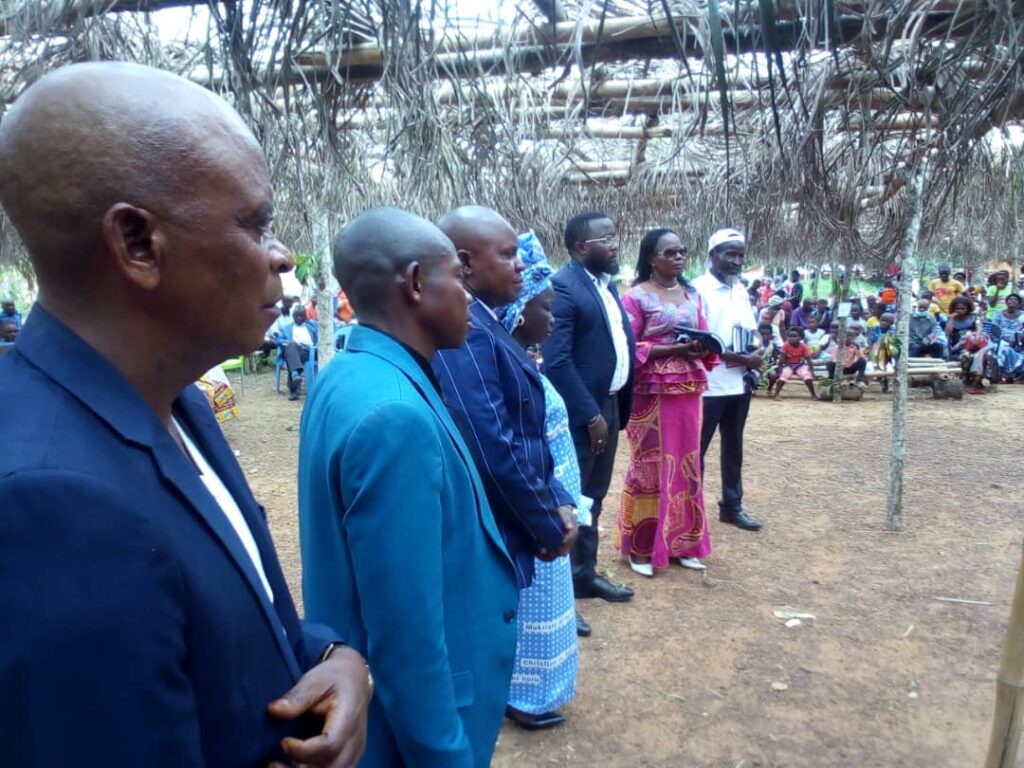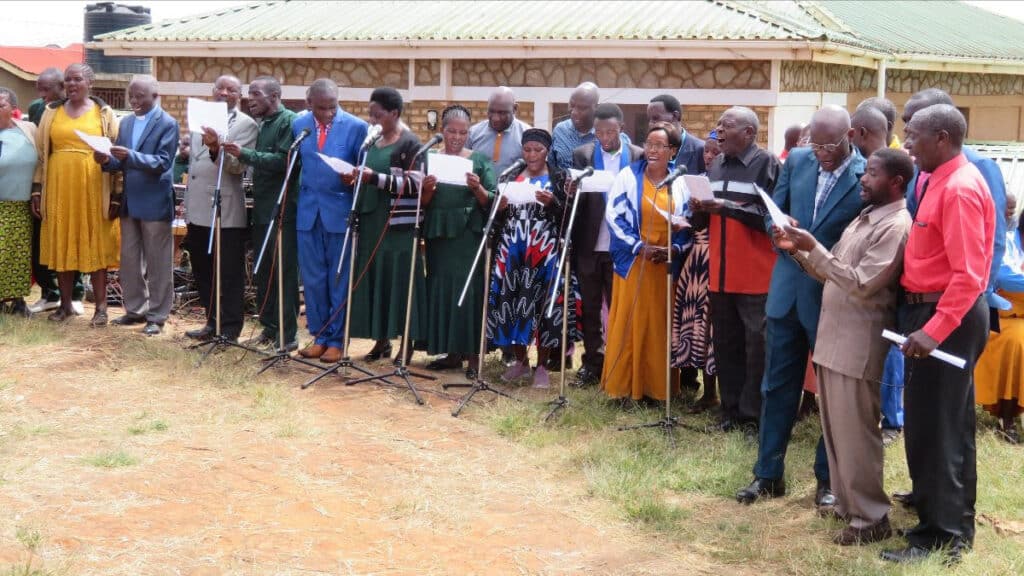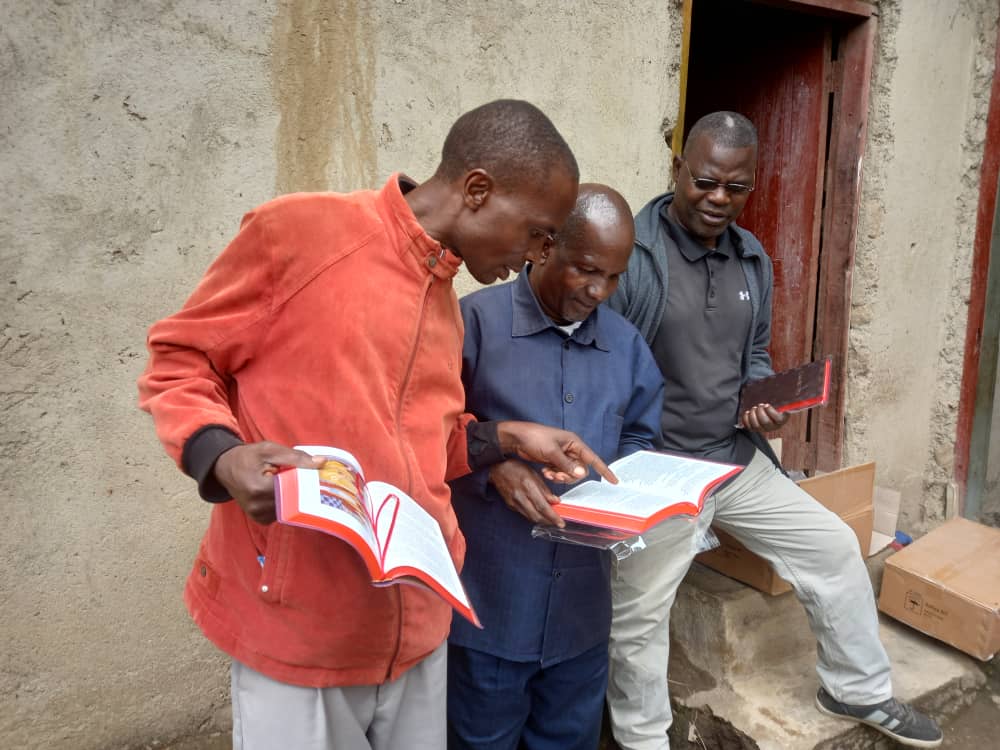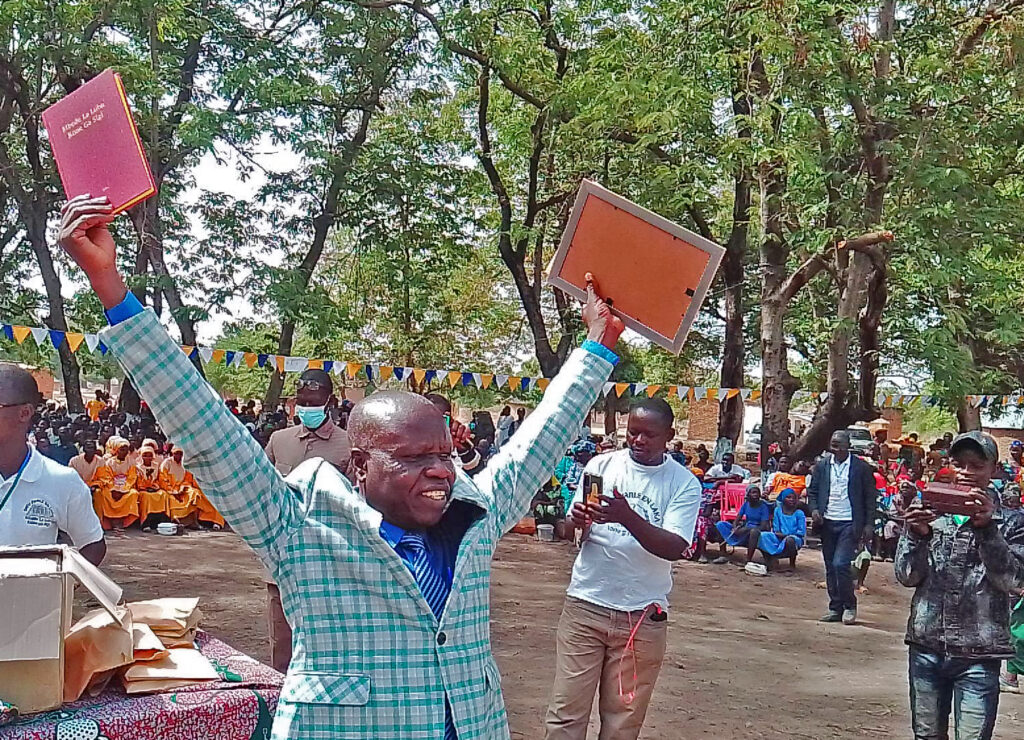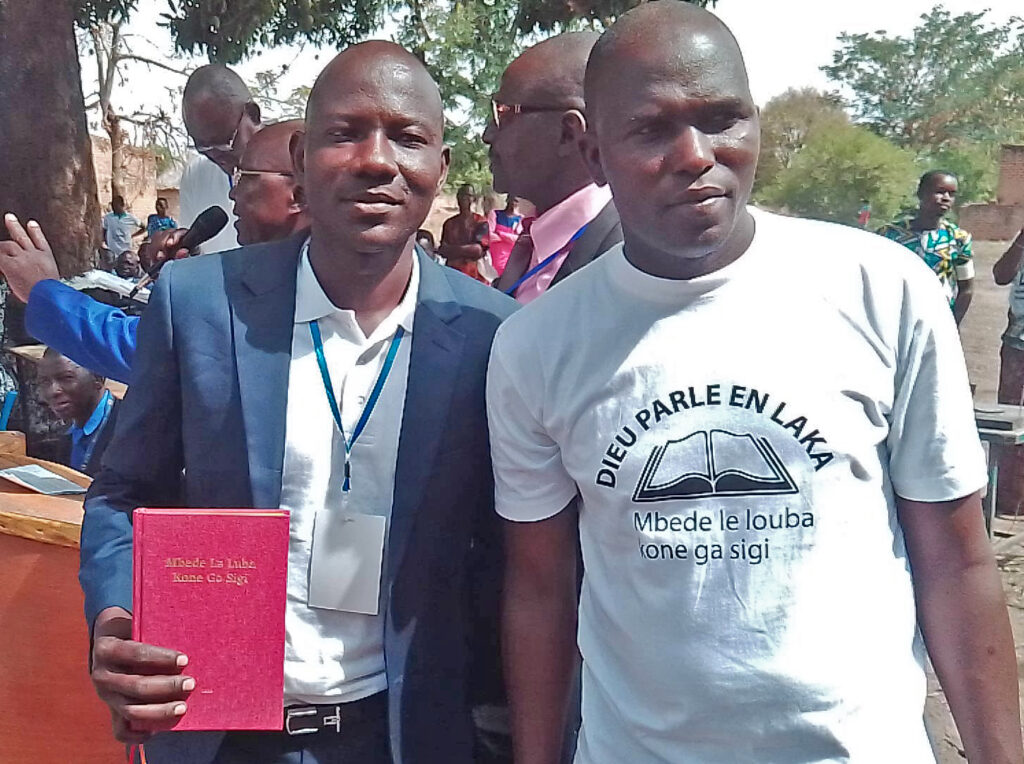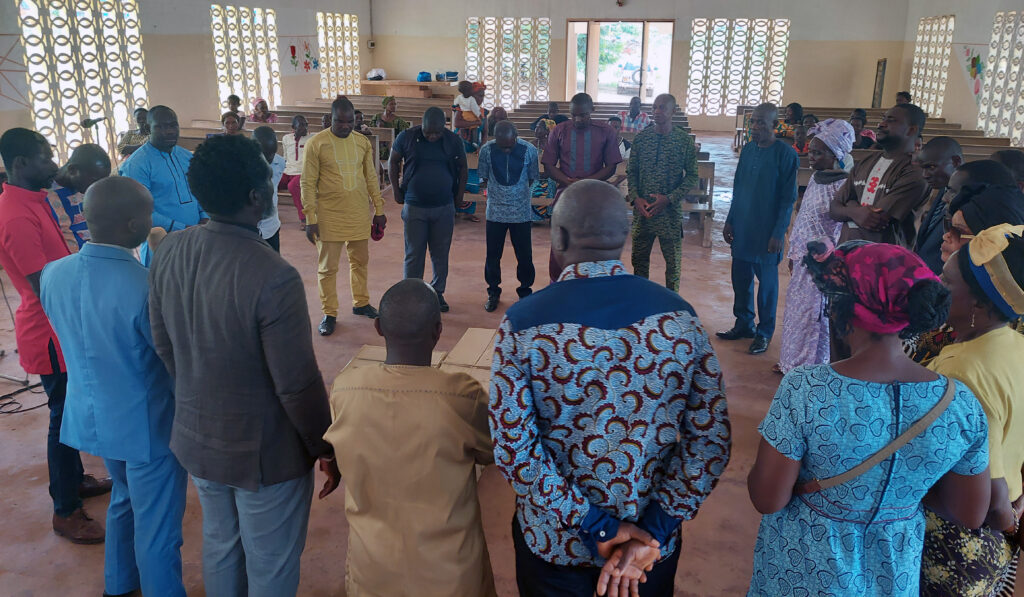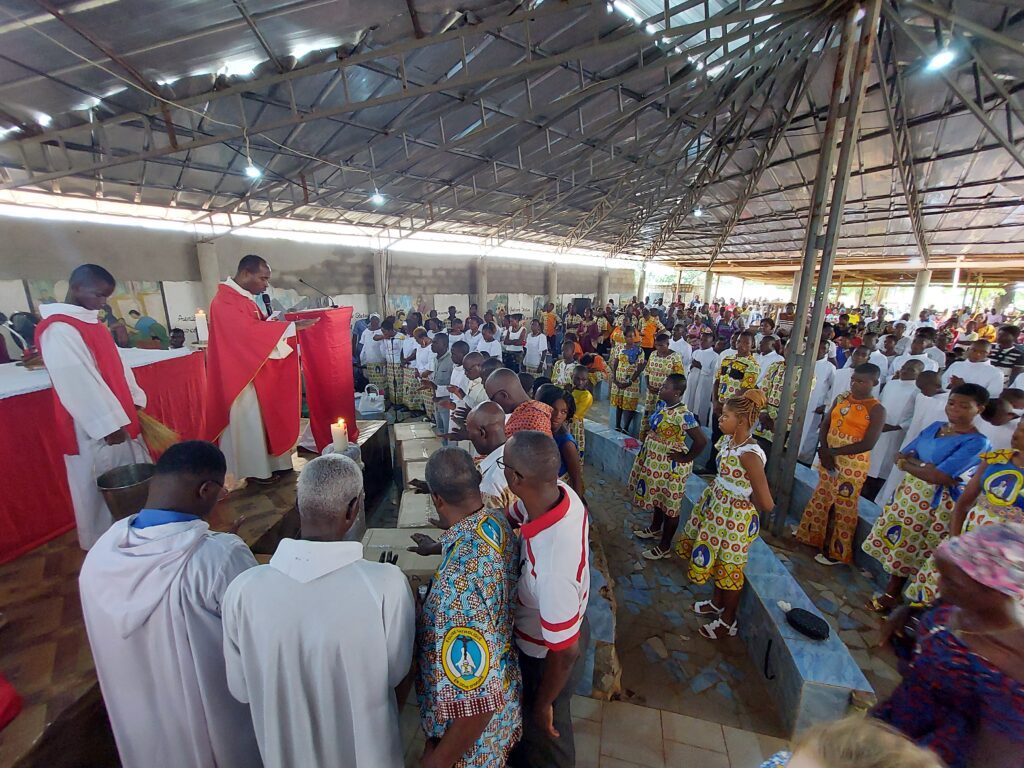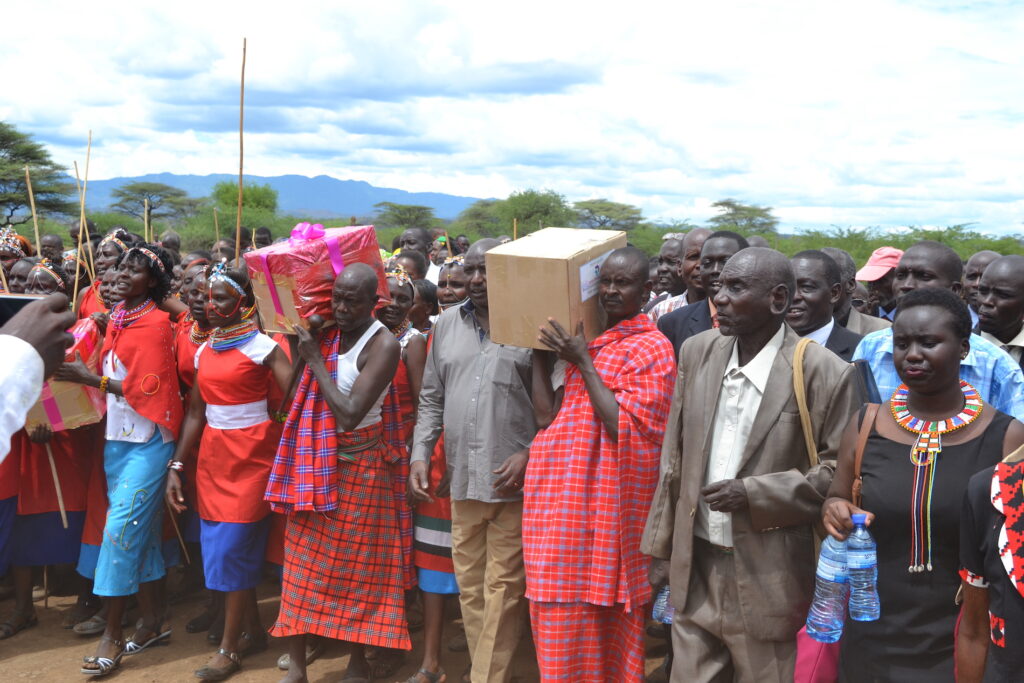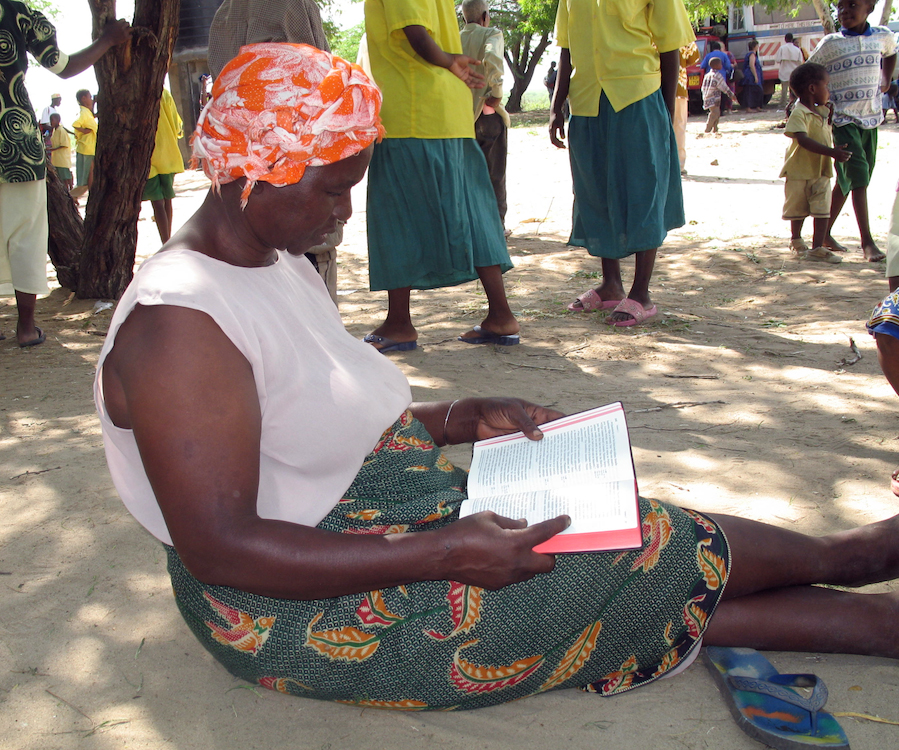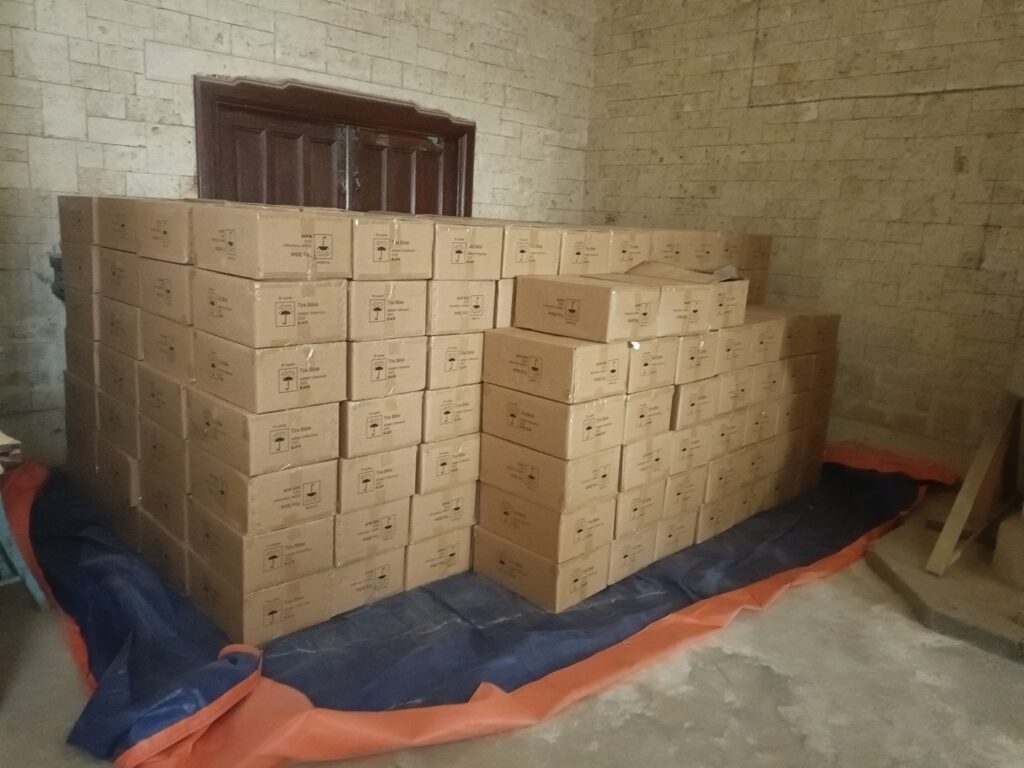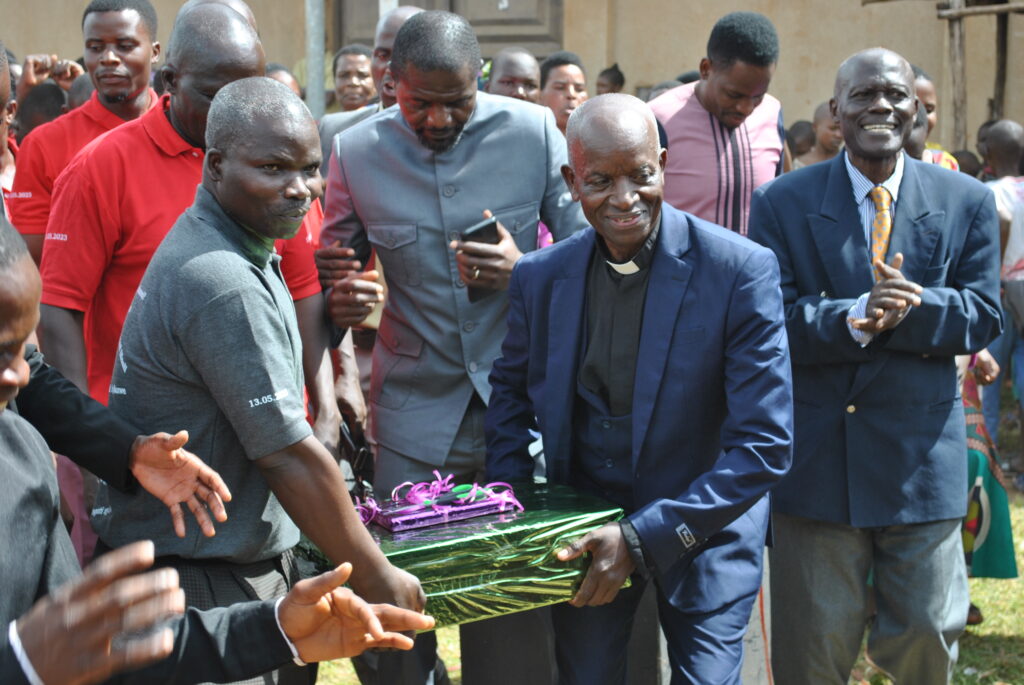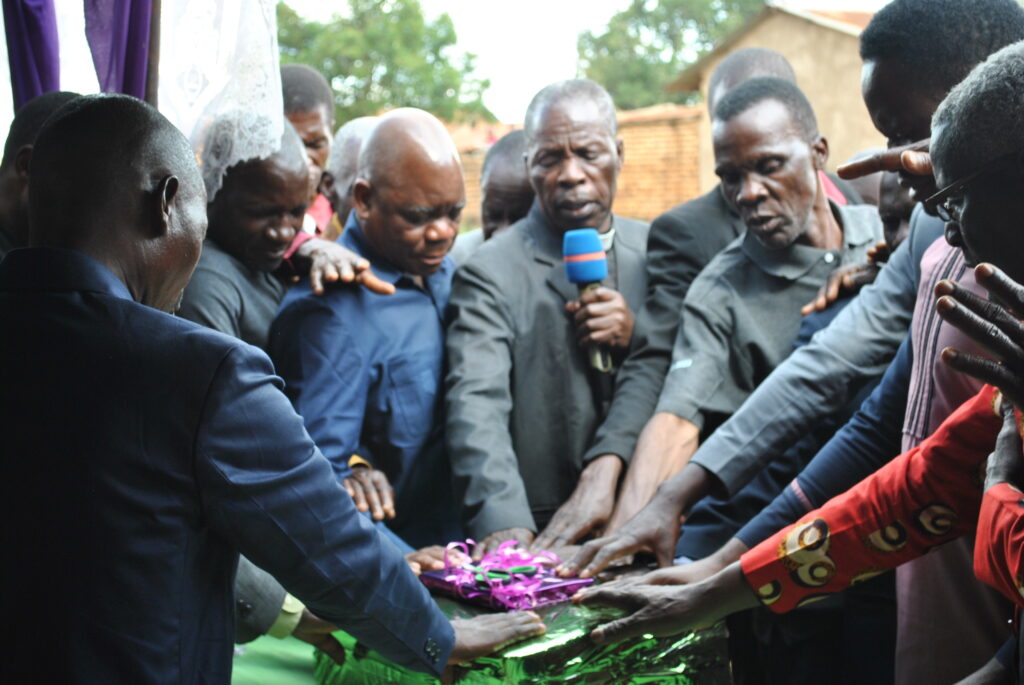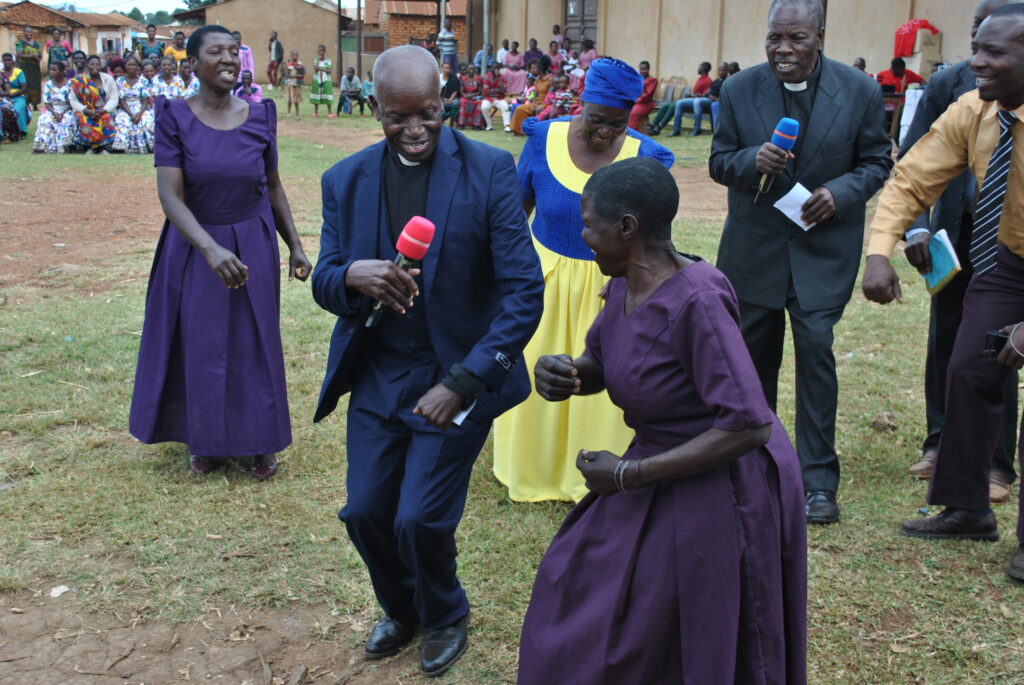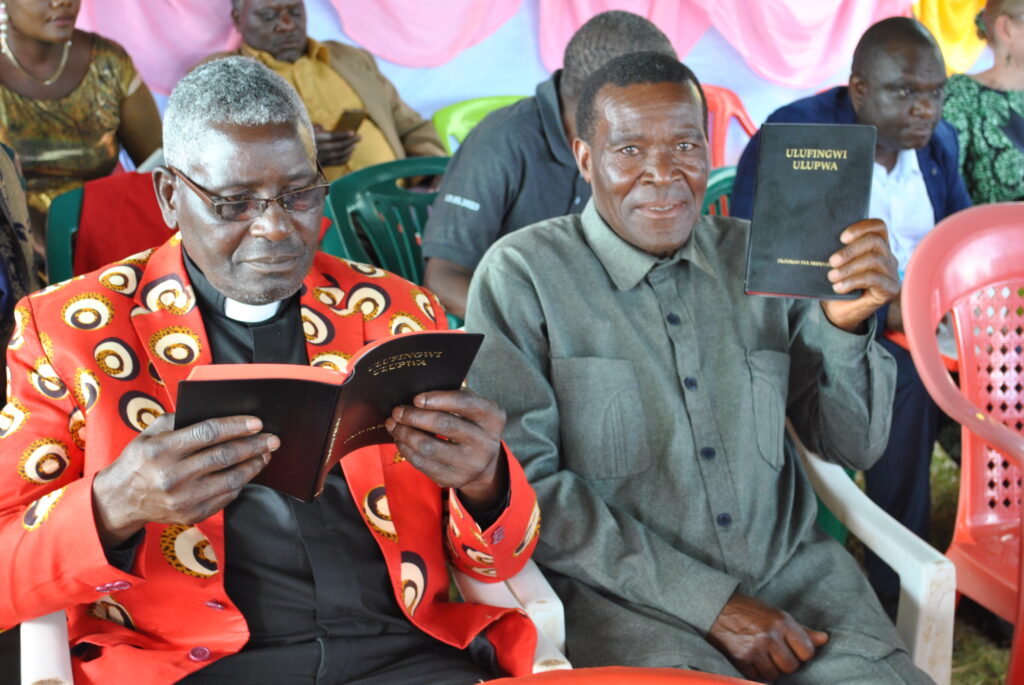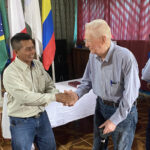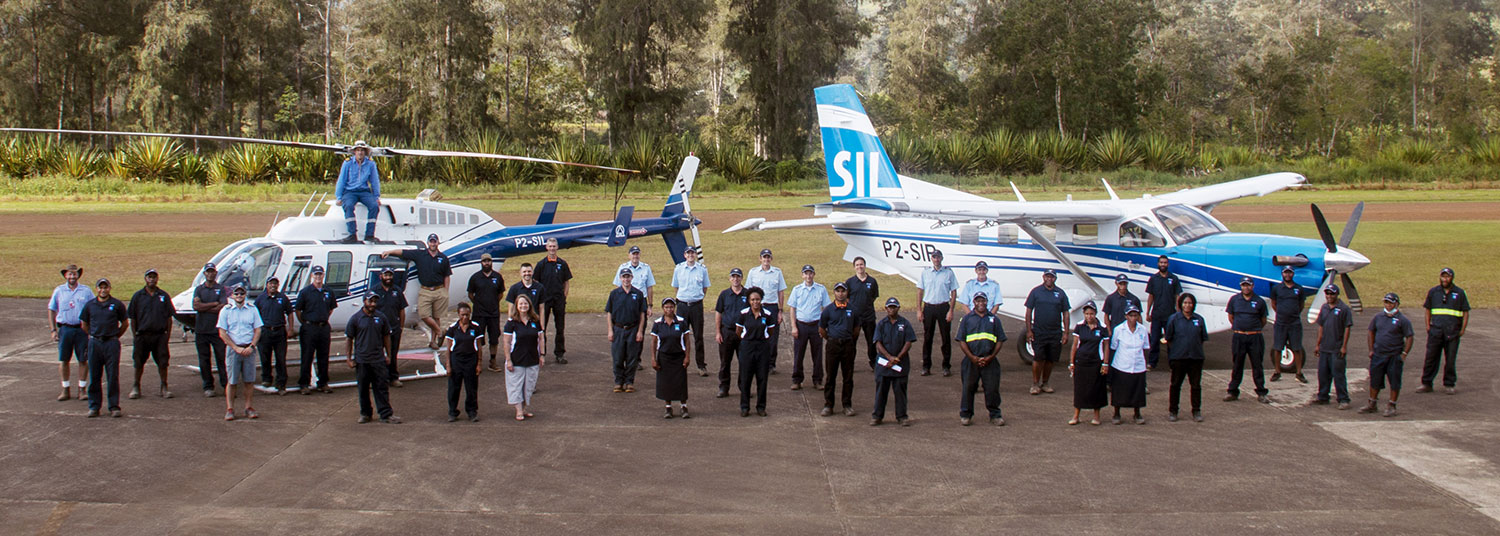An Excellent Tool
Sweat dews on the pilot’s forehead and slides like a raindrop down his cheek, even though cool air tousles his hair. He frowns in concentration as another instrument panel in the flight simulator malfunctions. “What’s going on?” he murmurs.
Since people like YOU helped fund and deliver a flight simulator to YAJASI, our aviation partner in Indonesia, the pilots have put it to great use. They even share it with aviation partners in the country who have similar training needs, like Mission Aviation Fellowship.
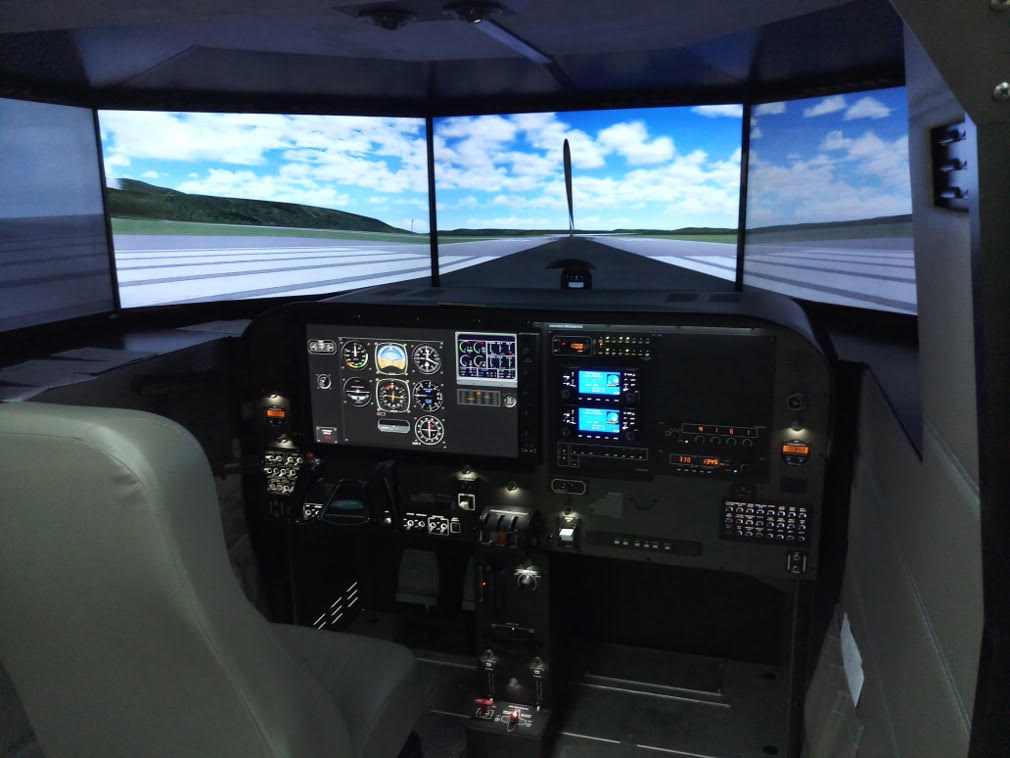
Flying in Papua, Indonesia requires a pilot to be proficient in using cockpit instruments to navigate in the clouds, where he has no visual references like in a car. Sometimes, in the search for safety, pilots must soar through a line of clouds to find better weather.
To ensure competency, pilots must brush up on their instrument flying every six months. Lacking a simulator for this training, YAJASI pilots faced some challenges.
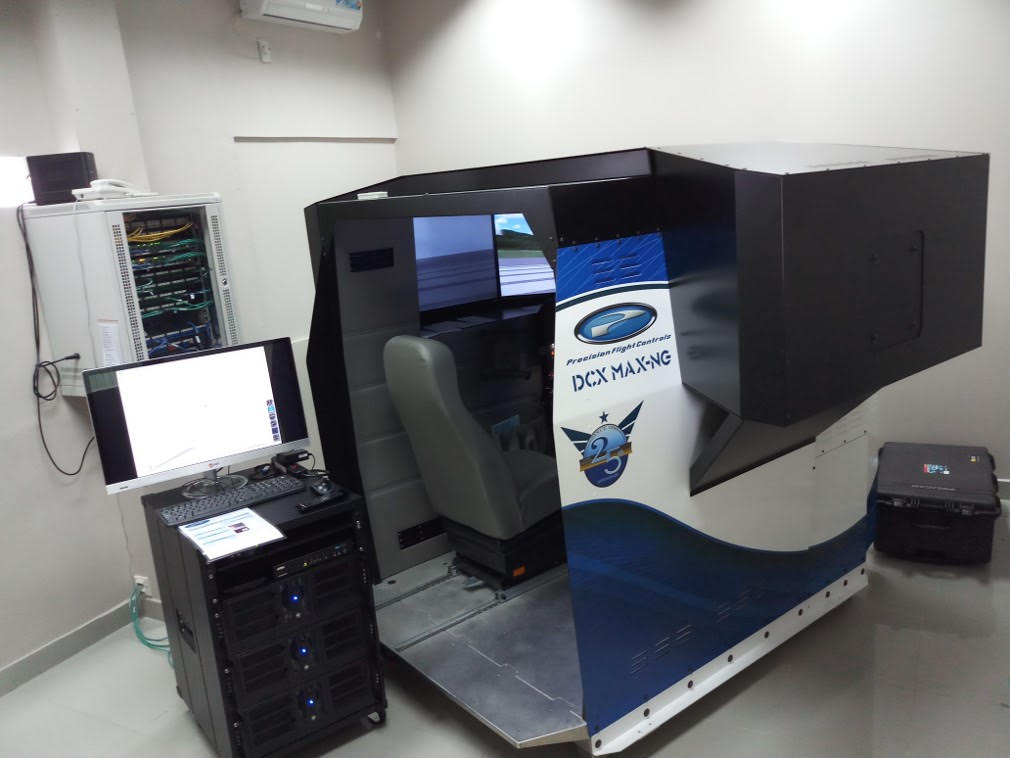
When they utilized actual aircraft for training, that aircraft was unavailable to serve Bible translators and their communities. This kind of interruption can seriously hinder translation work.
Nate Gordon, who served as an instructor pilot for YAJASI before coming to JAARS, remembers another problem. The air traffic at the airport YAJASI flies from was increasing. “It was actually getting very difficult to [perform training flights]. We were frustrating the air traffic controllers, and we weren’t getting optimal training.”
Now, with the simulator, the aircraft can keep serving Bible translation, and pilots can perform their instrument competency checks at any time without disturbing air traffic control.
“In some ways, you can actually do a better job of training [in the simulator] because you can simulate problems and emergencies that you could never do in the aircraft because you’d compromise safety too much,” Nate explains. In the simulator, instructors can let a pilot’s mistakes go farther, even to the point of a crash. The simulated crash has no consequences, except for an exceptional learning experience.
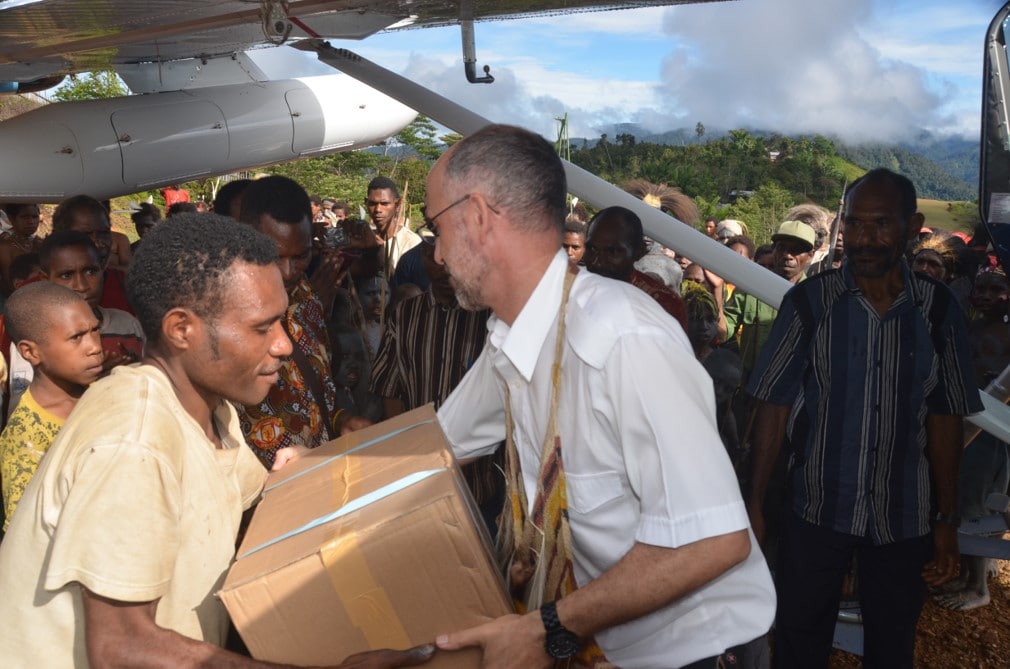
In the simulator, a student also has to catch instrument failures on his own—just as he would if something went wrong during a flight. By contrast, to simulate instrument failure during a training flight, Nate had to put a post-it note over the instrument and announce, “That doesn’t work anymore.” A simulator doesn’t announce a system failure—it just stops working! Now the pilot has to recognize it, just as if he would in real life. So, according to Nate, in certain aspects in the simulator, “you actually have a higher value of training.”
They also “are incredibly effective at convincing you that you’re really flying.” Once while training, Nate crouched in the simulator and pointed out things on the instrument panel to the pilot. When he stepped back out of the simulator, he lost his balance and almost fell! The visuals were so effective, that his brain and body had been convinced that he was in a bank or a climb. According to Nate, YAJASI’s simulator “is an excellent tool for what it does; it accomplishes exactly what we wanted it to do.”
Your gifts to Aviation Solutions make it possible for JAARS to provide valuable resources like this simulator so pilots can take God’s Word and love to remote communities. Click here to make a gift to Aviation Solutions today. Thank you!

